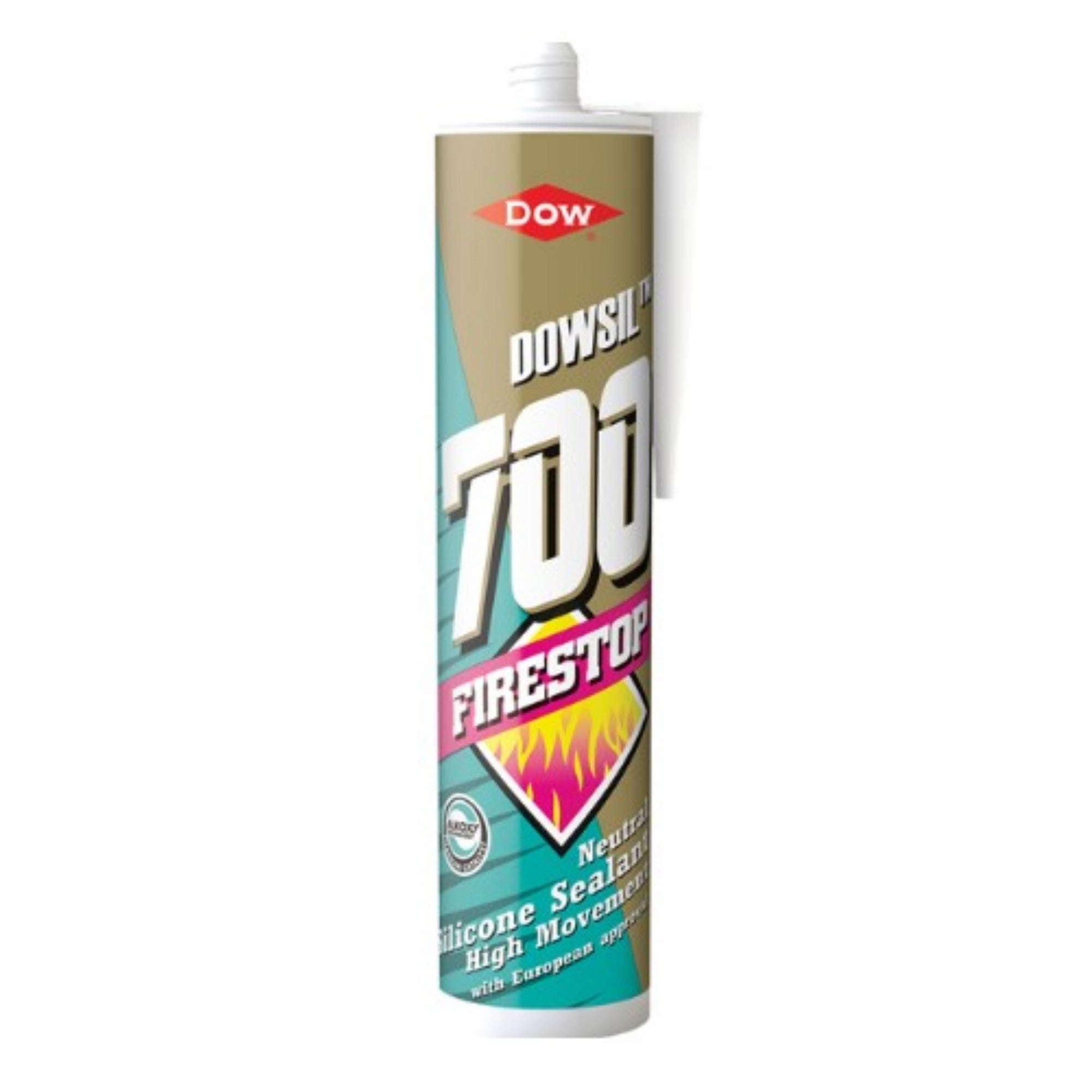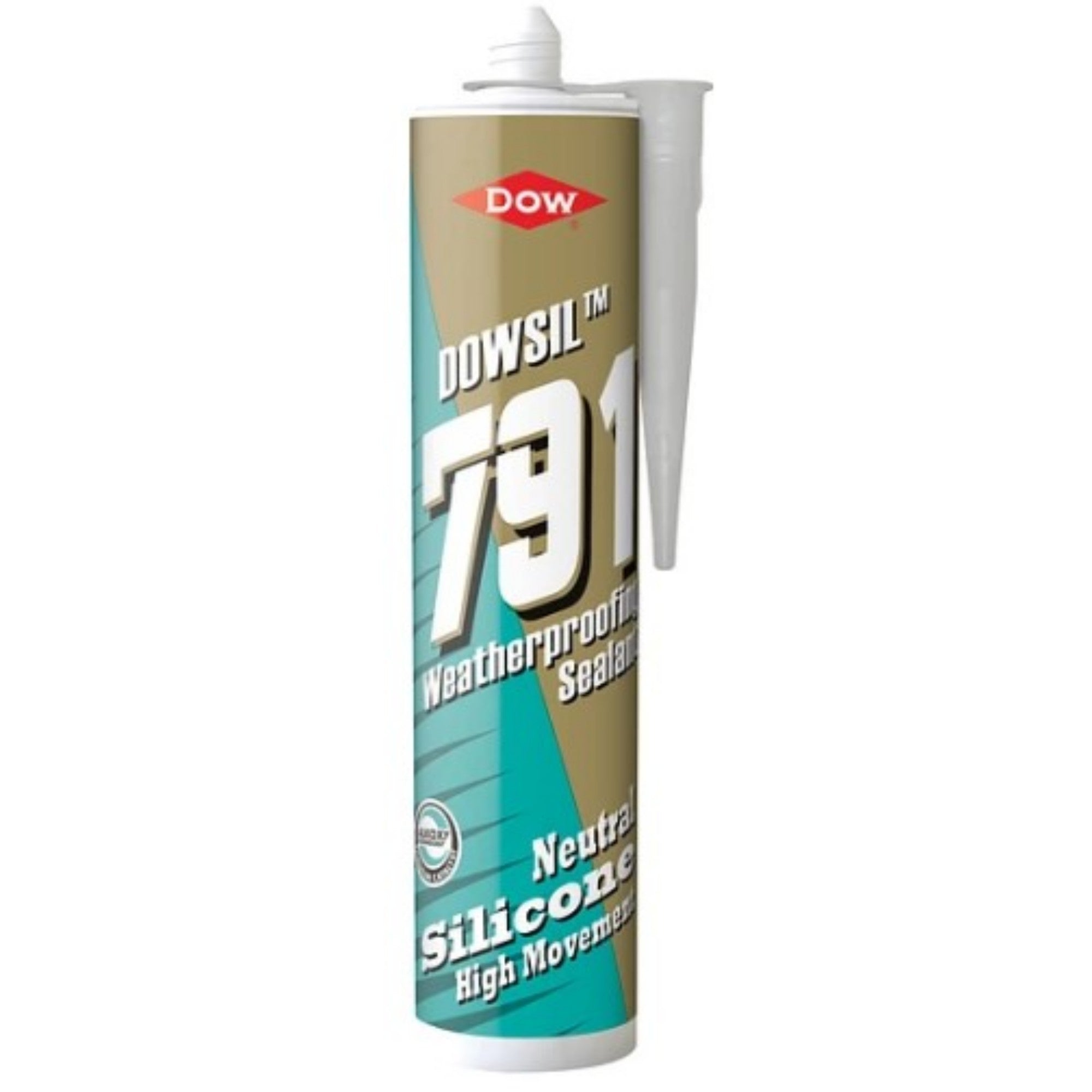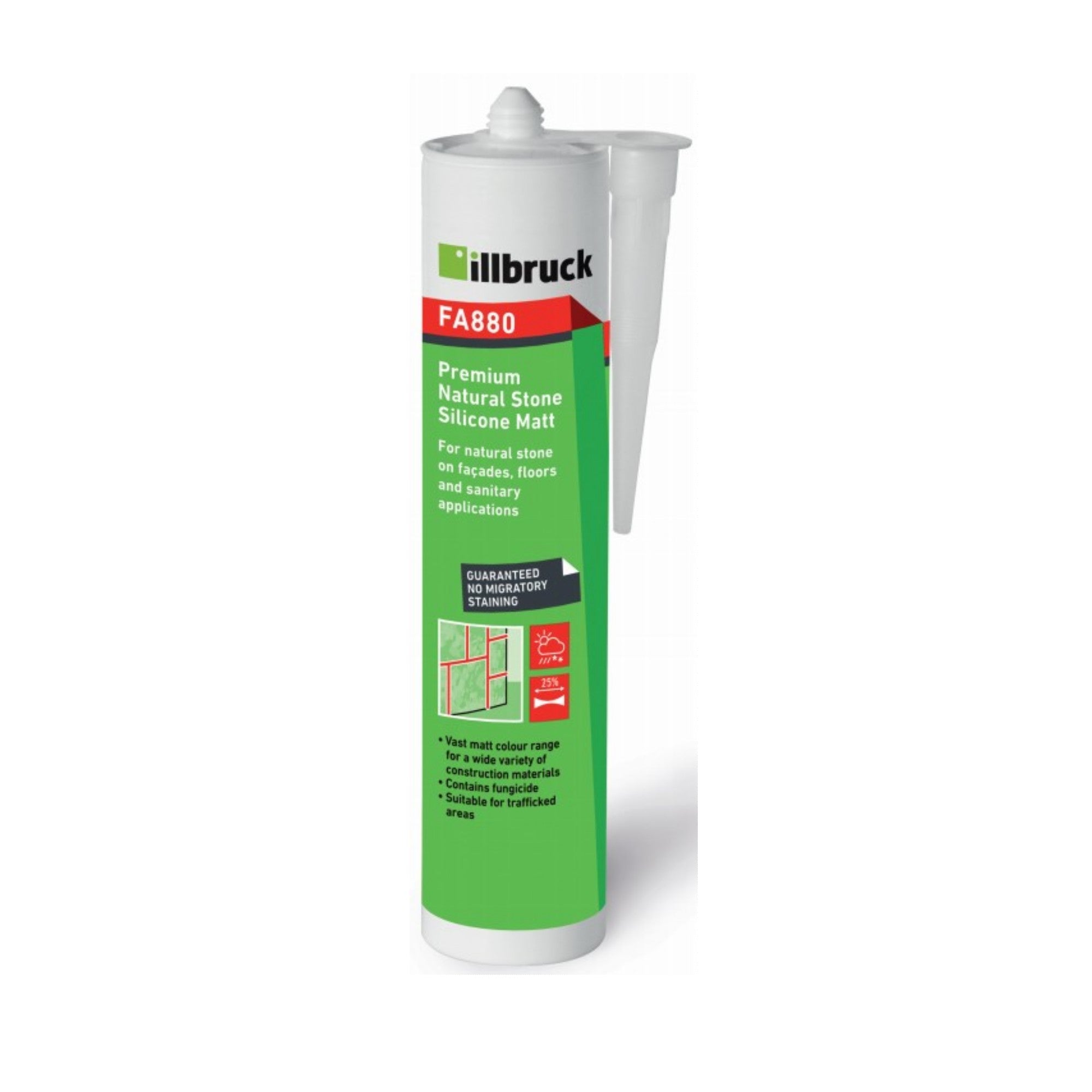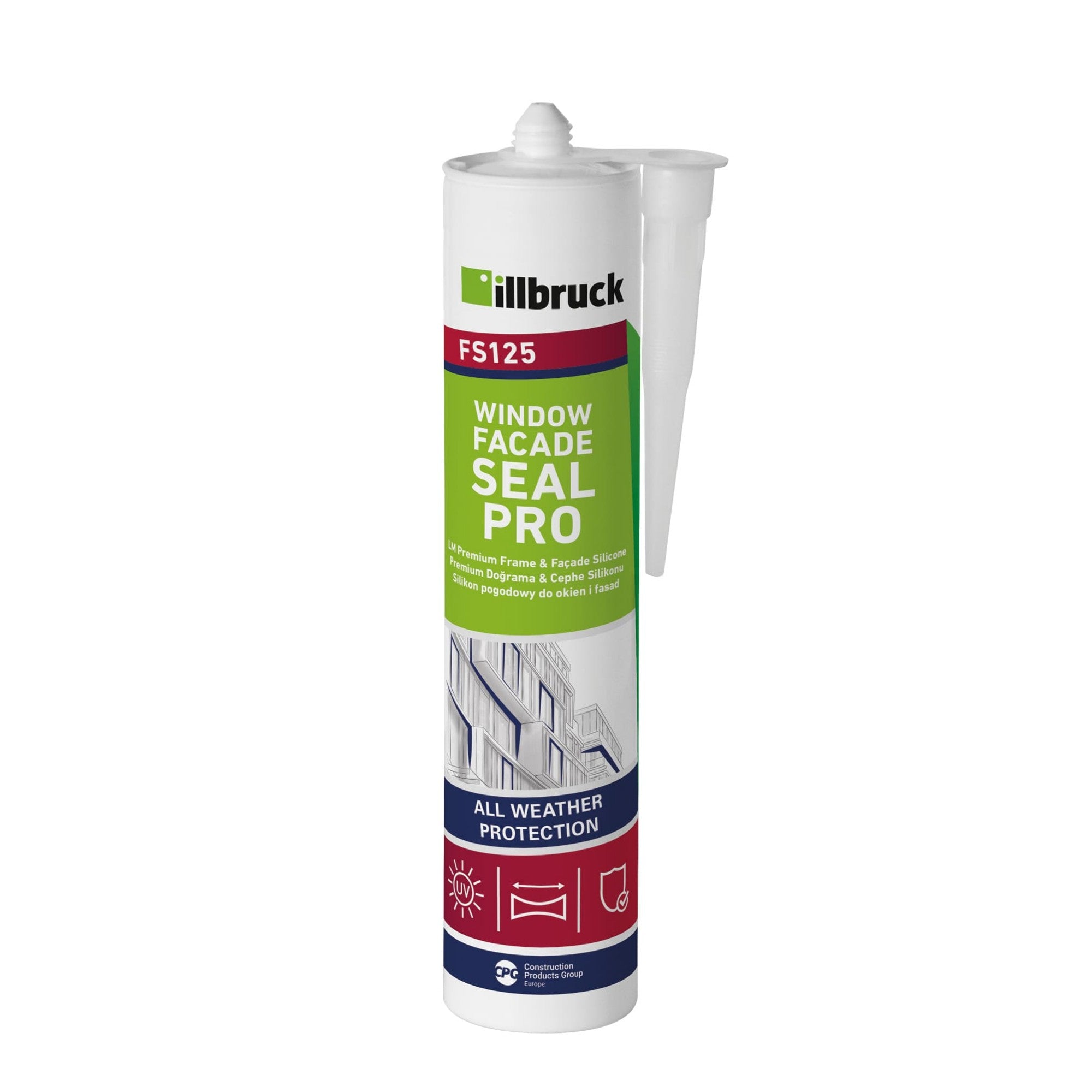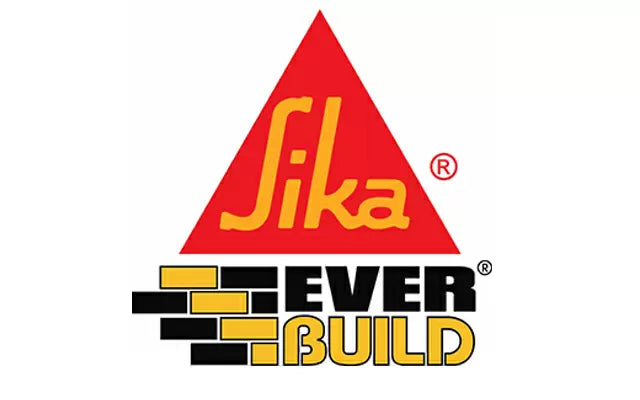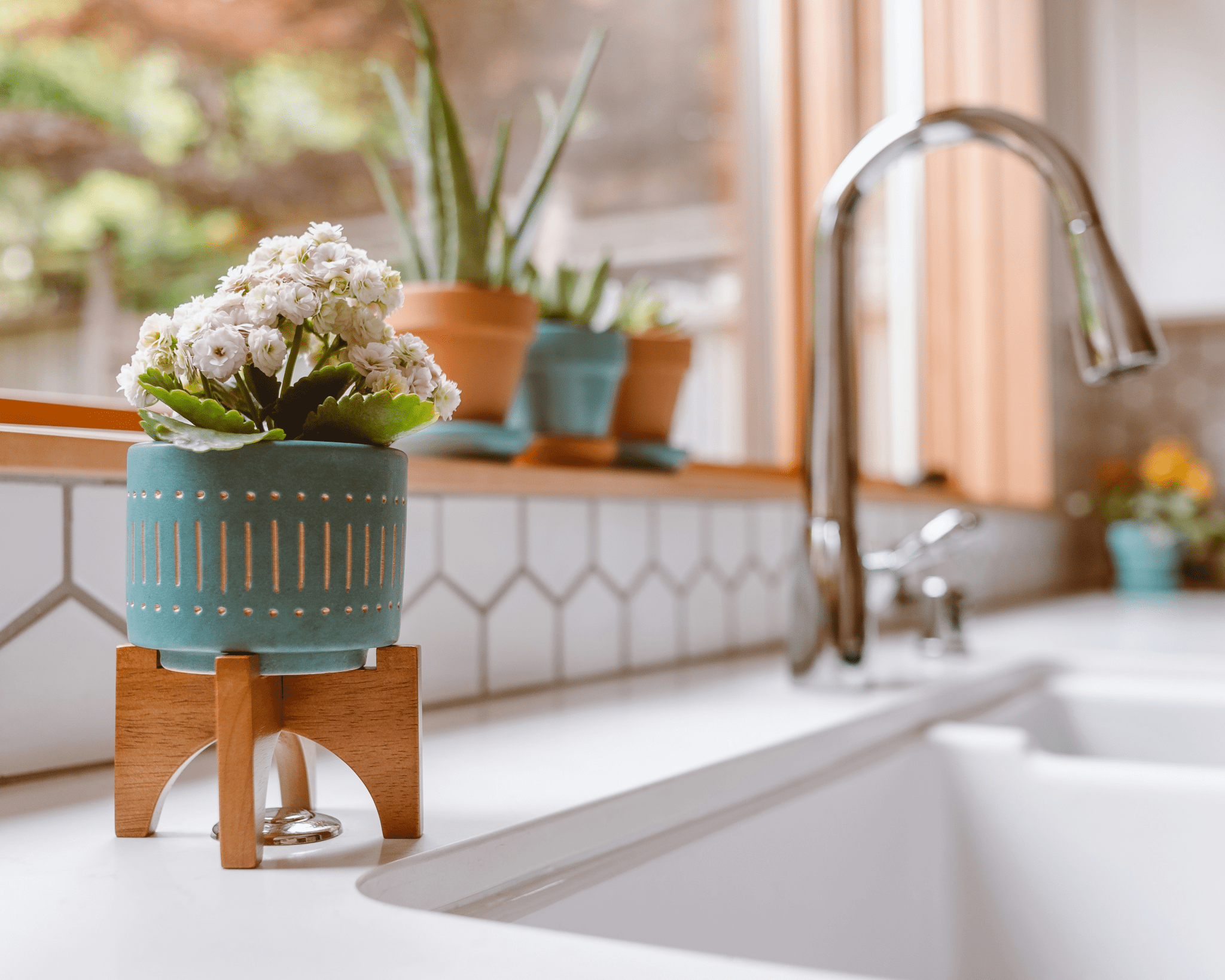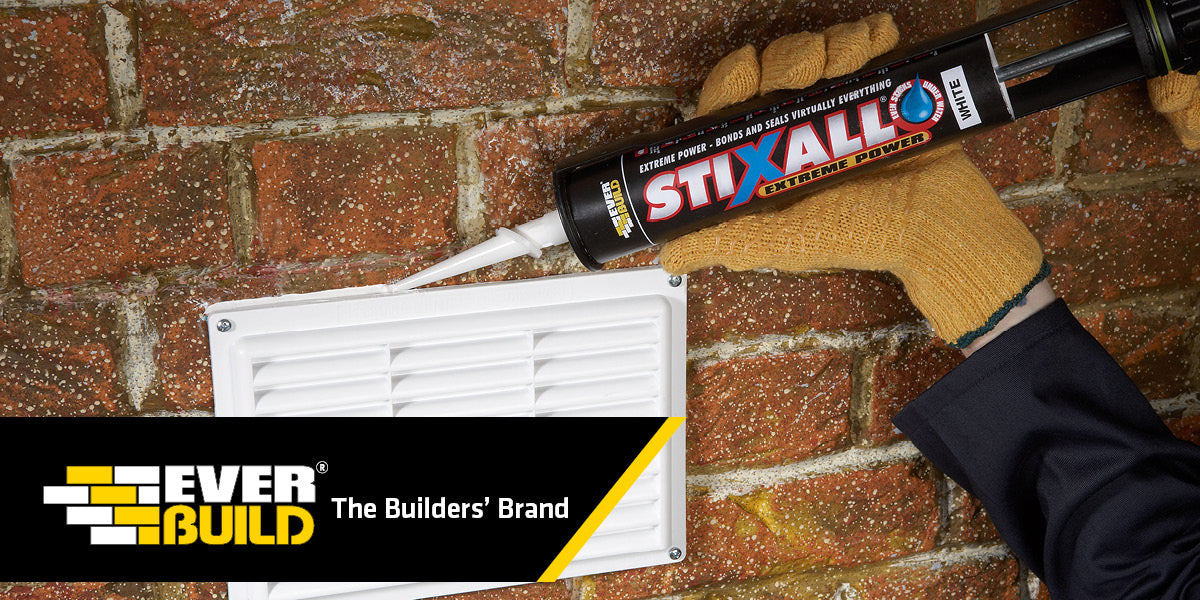When it comes to protecting your home or completing various DIY projects, choosing the right sealant is crucial. With a wide array of sealant types available, each catering to different purposes and materials, making an informed decision is essential. In this comprehensive guide, we'll walk you through the factors to consider when selecting the perfect sealant for your specific needs.
- Identify Your Project Requirements
The first step in choosing the right sealant is to identify the requirements of your project. Determine what you need to seal: is it a gap in your window, a crack in the foundation, or a leaky pipe? Each application may call for a different type of sealant, so understanding your project's needs will narrow down your options.
- Consider the Material Compatibility
Different sealants adhere best to specific materials. Some common sealant types include silicone, acrylic, polyurethane, and rubber-based sealants. Silicone sealants are versatile and suitable for various materials, including glass, metal, and most plastics. Acrylic sealants are excellent for indoor use and can adhere well to wood and drywall. Polyurethane sealants offer excellent flexibility and are ideal for outdoor applications, such as sealing concrete or masonry. Always check the product label or consult with a professional to ensure the sealant is compatible with the materials you are working with.
- Assess Environmental Factors
Take into account the environmental conditions the sealant will be exposed to. Factors like temperature fluctuations, UV exposure, and moisture levels can impact the performance of the sealant. Some sealants are designed to withstand extreme temperatures, while others may be more susceptible to deterioration under harsh conditions. Choose a sealant that can handle the specific environmental factors of your project for long-lasting results.
- Determine Flexibility Needs
For applications that involve joint movement or expansion, flexibility is crucial. Polyurethane and rubber-based sealants offer excellent elasticity, making them suitable for sealing joints in buildings, automotive applications, and areas prone to movement. Conversely, silicone and acrylic sealants are more rigid and better suited for static applications.
- Consider Aesthetics and Paintability
If the sealant will be visible, such as around windows and doors, consider its appearance and whether it can be painted over. Acrylic sealants are paintable, allowing you to match them with your existing color scheme. On the other hand, silicone sealants offer a clear finish, ideal for applications where aesthetics matter.
- Check for Special Features
Some sealants come with additional features to cater to specific needs. For instance, some sealants are formulated to resist mildew growth in high-moisture areas like bathrooms. Others may be designed to bond quickly or remain flexible at low temperatures. Identify any special requirements your project may have and choose a sealant that meets those criteria.
- Read Reviews and Seek Professional Advice
Before making a final decision, read product reviews and seek advice from professionals or experienced DIY enthusiasts. Online reviews can provide valuable insights into the performance and durability of different sealants. Professionals can offer tailored recommendations based on their experience, ensuring you make the best choice for your project.
Conclusion
Choosing the right sealant for your needs is a critical step in ensuring the success and longevity of your projects. Consider the materials involved, environmental factors, flexibility requirements, and any special features before making your decision. By being well-informed and selecting the appropriate sealant, you can confidently tackle any sealing task, whether it's a simple home repair or a complex construction project. Remember, investing in the right sealant will not only save you time and money but also provide you with peace of mind knowing your project is well-protected.
